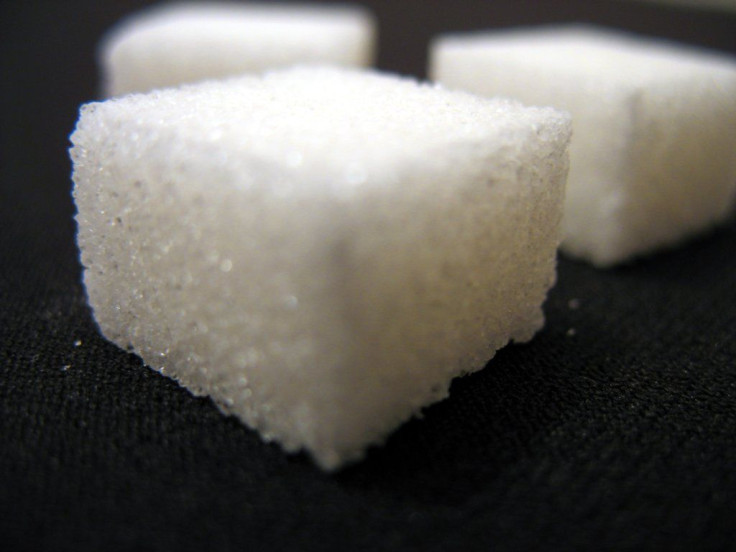New Biomarker Can Measure Dietary Sugar Intake From Food and Drink Consumption

Although sugar in beverages such as soda and fruit juice is thought to contribute greatly to risk for obesity and chronic disease, the science of sugar intake remains sketchily dependent on self-reported surveys.
Aside from faulty recollections, people responding to dietary surveys often underreport foods they know to be less healthy, such as sugars. Even when reporting anonymously, relatively few will cop to eating an entire cheese pizza while downing a 32-ounce bottle of Pepsi, in the absence of witness testimony.
But investigators at the University of Alaska Fairbanks have identified a new tool that may dramatically improve estimations of dietary intake, publishing in this month's issue of the journal Journal of Nutrition.
"We were looking for an objective biomarker that could accurately measure long-term sugar intake from a single blood or hair sample" Diane O'Brien, a biologist with the University of Alaska at Fairbanks, told reporters.
O'Brien and her research team tested the ratio of two different carbon atoms, heavy carbon 13 and light carbon 12, which are incorporated into plants during photosynthesis. Called an isotopic signature, the ratio is distinct in corn and sugar cane, a good biomarker considering the two are sources of nearly all of the sugars used in sweetened beverages.
"We used the isotopic signature of alanine an amino acid and building block of protein that essentially traps the carbon from dietary sugar so that it can be measured in the protein component of hair or blood," O'Brien said.
The isotopic signatures remain largely intact in the body even after the foods and beverages are consumed, digested, transported through the bloodstream and, ultimately, stored in bodily tissues. The more sugary beverages consumed by a person, the greater the alanine's carbon isotopic ratio — uncorrelated with other foods that may contribute to elevated carbon ratios.
Although researchers have in the past used isotope signatures to study diet, past attempts to measure sugar sweeteners has been unsuccessful.
"Even for validated and well-accepted biomarkers of diet, associations with self-reported intake are generally very weak. Our biomarker was able to explain almost half of the variation in self-reported sugar-sweetened beverage intake, which in this field is a very high level of explanatory power," O'Brien said.
The new tool may also prove useful in other diet and nutrition study, researchers said.
"Diane's research program has provided CANHR with incredibly valuable objectively measured biomarkers of food intake," Bert Boyer, director of the university's Center for Alaska Native Health Research at the Institute of Arctic Biology, told reporters. "These biomarkers are currently being used to help us understand the role polyunsaturated fatty acids play in disease prevention, including the modification of genetic risk."
However, the researchers qualified their hopes for the new measurement tool, acknowledging some problems.
"The gas chromatography-combustion-isotope ratio mass spectrometry process we used isn't inexpensive and or widely available," O'Brien said. "We expect that our findings will be most useful as a calibration tool, either for self-reported dietary data or more high-throughput biomarkers of sweetener intake."
Source: Schoeller, Dale A. A Novel Carbon Isotope Biomarker For Dietary Sugar. Journal Of Nutrition. 2013.



























